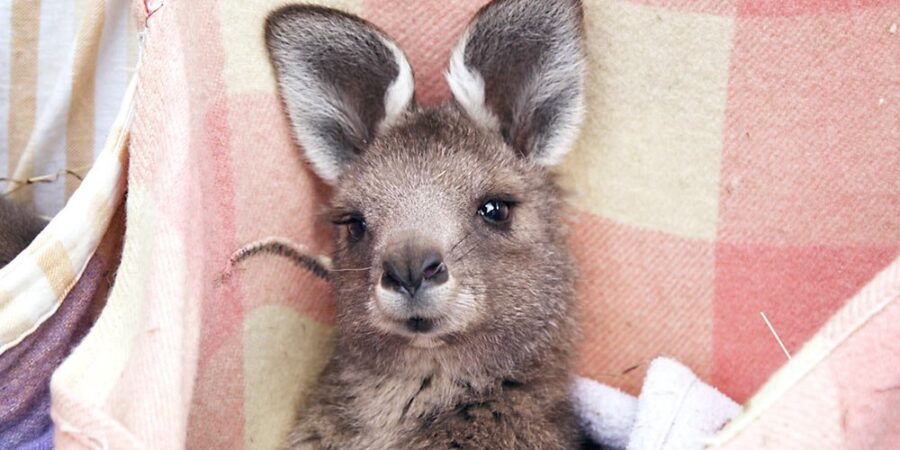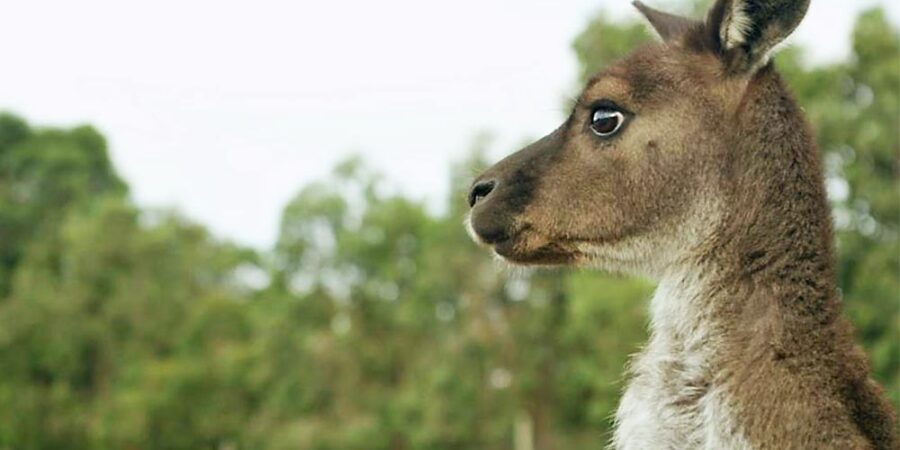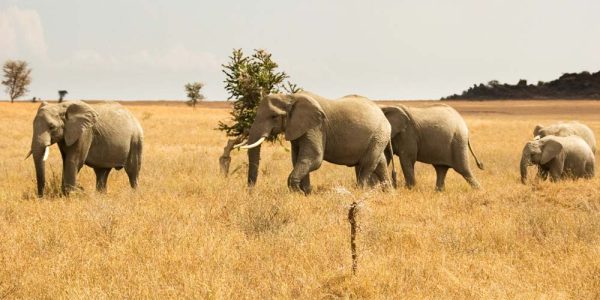Ian’s love for dogs as a child led him to embrace a similar compassion for wildlife and in fact, all animals, as he pursued both a career and volunteer work advocating a kinder world for all species. Take a behind the scenes look at his inspiring journey with some of our favourite local furry friends!
Why do you rescue kangaroos?
I rescue all native wildlife but kangaroos are close to my heart because they are such beautiful creatures and yet they are the most persecuted, maligned and exploited of all our native animals. They suffer immensely at the hands of humans.
The killing of kangaroos for commercial gain is regarded as the world’s largest land-based slaughter of native wildlife. Kangaroos are protected under legislation in most states of Australia and supposedly can’t be harmed. That is, unless they are on farmland when they can be shot. Or if they’re deemed “overabundant” on public land. Or if they’re in the path of development. Federal and state governments do not do enough to protect or save these animals. The shocking truth is that they issue permits for kangaroos to be killed and support their mass slaughter for commercial purposes. The rescue and care of these animals is left largely up to self-funded volunteers. Carers in particular rely heavily on public donations in order to keep operating. If governments don’t do more to protect kangaroos, future generations might have to visit a sanctuary to see one.












